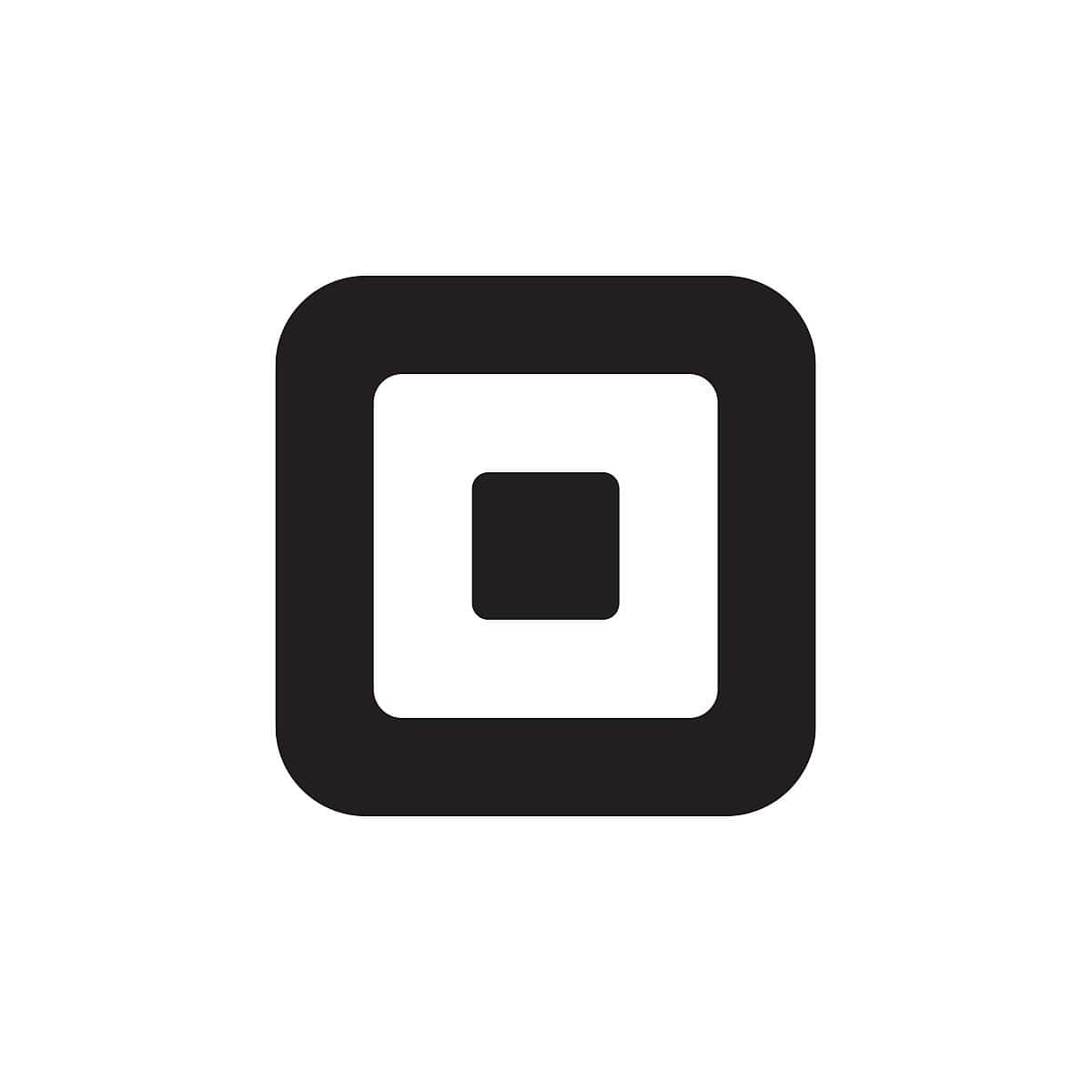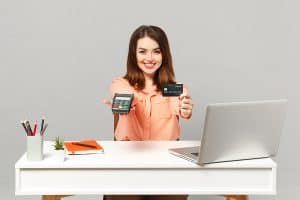The type of hardware you should purchase for your point of sale system varies based on your business needs. This guide to POS hardware helps point you in the right direction.
Our content reflects the editorial opinions of our experts. While our site makes money through
referral partnerships, we only partner with companies that meet our standards for quality, as outlined in our independent
rating and scoring system.
Point of sale (POS) hardware is easy to buy, but many business owners find it challenging to decide which components to purchase.
Keep reading this guide to figure out what POS hardware you need, which items you can do without, and the role POS software plays in a well-functioning POS system.
The Best Point Of Sale Hardware For Your Business
Various POS hardware setups are available for many different types of businesses. The best POS hardware for your business should be based on your budget, industry, and personal preferences.
Remember, POS hardware works alongside POS software to perform its various functions. If you don’t have some of the best POS software, your POS hardware won’t be fast or reliable either, so choose wisely.
Guide To A Basic POS Hardware System
These are the basics you’ll want to consider for a solid countertop POS. In some cases, these components may be combined (i.e., the credit card terminal might also print receipts, which negates the need for a separate receipt printer).
Register
It’s common to see small businesses using a tablet or low-budget laptop as their “register” these days. iPads tend to be popular, and slightly more expensive, choices, but it’s difficult to compete with their convenience. Some companies will also offer iPads in their hardware bundles.
Most of these systems only need an operating system and an internet connection to run your POS software. These options also leave a much smaller footprint on your counter than a traditional register and are far more versatile.
Tablet Stand
Speaking of tablets, most POS systems offer a piece of hardware known as a tablet stand. This includes a case to protect the tablet and may also have a base that swivels to allow your customer to use the screen to leave a tip or sign their electronic receipt. Some, like Square Stand, can also include a mount if you wish to place your tablet on a wall for easier customer access and self-ordering.
If a swivel stand is not available, POS systems compensate for this by including some form of customer-facing display that shows the order, total price, tip screen, and signature page. This is usually another tablet or a smaller proprietary screen on the front of the register terminal.
Credit Card Terminal
One of the most important parts of a POS system is the credit card terminal. This is the piece of hardware that is used to take card and/or contactless payments.
Credit card terminals come in many different forms, including:
- Basic mag stripe card readers
- All-purpose card readers (can accept chip, dip, swipe, and tap payments)
- A small device plugged into your smartphone or tablet
- Portable Bluetooth card readers
- Full-service card readers that also print receipts.
These systems will either be proprietary or able to move easily to another system if you choose to change your POS provider.
Any card reader you choose should be EMV (Europay, Mastercard, and Visa) compliant and able to accept NFC payments.
Receipt Printer
Though some customers prefer emailed receipts, it’s not a bad idea to offer a printed receipt when you can.
For quick, high-volume receipt printing, a thermal receipt printer is usually a good choice, though hot environments, such as a food truck, might use an impact printer. Printers can be wired directly to your register or connected via Bluetooth. Certain mobile processors like Square Terminal or Clover Flex, come with a built-in receipt printer that can print on the go.
Barcode Scanner
In just about any retail setup, you will need a barcode scanner to scan items.
The scanner is usually a handheld device that includes a stand and a USB cord. However, the scanner may also be wireless or built into the register itself. You can usually either purchase these directly through a POS company’s website of purchase a bundle that includes a scanner.
Cash Drawer
A cash drawer allows you to accept cash payments and give change.
It’s common for cash drawers to be physically connected to a POS register. They are often used as the base for a tablet stand or other smaller register system because they are typically large and heavy.
Internet Connection
Any business should have internet service that connects with your POS hardware.
If your POS system is locally installed, you need to have an onsite server. This typically looks like a PC or Mac desktop in the back office that is connected to your POS hardware via physical wiring or Bluetooth.
If your POS system is cloud-based, you need to have a strong wireless connection. This may mean using hotspots for dead zones in your building or connecting your system physically to an ethernet connection.
Industry-Specific POS System Hardware
Not all businesses have the same POS hardware requirements, and depending on your industry, you might also need some of the following items.
Scale
A POS-integrated scale may be necessary if you ring up items based on weight rather than quantity. This is mostly useful for produce sellers at farmers markets, frozen yogurt shops, and laundromats that offer wash-and-fold services.
Mobile POS Hardware
In addition to your main POS, you might have handheld tablets or iPads used for tableside ordering and/or tableside payments.
Mobile POS devices are typically used in restaurant or bar environments for tableside ordering, but they can also be used in retail environments where employees take sales from the floor.
Kitchen Display System (KDS)
Restaurants need POS hardware that lets them communicate with the kitchen. With a restaurant setup, a kitchen printer prints food orders sent from the point of sale to the restaurant’s kitchen. These orders may come from your main POS, handheld ordering tablets, and/or online orders.
Alternatively, your restaurant might use a digital kitchen display system, or KDS, which displays orders on an iPad (e.g., Square KDS) or another type of screen.
Digital Signage
Digital signage like electronic menu boards allows quick-serve restaurants, breweries, and other businesses with frequent menu changes to communicate better with customers at the counter.
Self-Serve Kiosk
A self-service kiosk allows customers to check out on their own. As with other types of POS screens, your kiosk can be an iPad, Android tablet, or proprietary hardware. Kiosk POS systems are used in both retail and restaurant applications.
Where To Buy POS Hardware
There are various ways to buy POS hardware. Depending on your POS system, you may or may not have a choice of where to buy your POS hardware.
- Your POS Provider: You can usually buy bundled hardware sets ready-made for new businesses or specific industries directly from your POS provider. This guarantees that your hardware and software are compatible. Some POS providers only work with proprietary hardware, so this is your only option.
- Third-Party Source: Some POS providers allow you to source certain hardware options yourself. The most common example is purchasing an iPad or tablet and using it with your POS software. This can be a cheaper option or a way to reuse hardware from another POS system. You need to do your research, however, to make sure your POS software and third-party hardware are compatible.
Leasing POS System Hardware
Avoid leasing your POS hardware at all costs (pun slightly intended) for the following reasons:
- POS hardware leases are expensive
- You don’t own your hardware at the end of your term
- You can get stuck with a POS system you don’t like for years
If you can’t afford to purchase the POS hardware you need outright, we would recommend financing your hardware with a small business loan over signing up for a lease.
Final Thoughts
When shopping for POS hardware, make sure to consider your customers’ needs. Do you have a lot of customers who ask to pay with Apple Pay? Would customers get their food faster if waitstaff could fire orders directly from handheld ordering tablets?
You know better than anyone what your customers want, and these unique requirements should guide your POS hardware purchase above all else.
Still need a POS system to go with the hardware? Check out our article on choosing a POS system to learn more!
Ready to research vendors? Check out our POS quiz to narrow down your choices.












